How do you make overhead lighting less harsh? 7 tips for a more flattering scheme
Make your home's overhead lighting less harsh by choosing the right type of lights, lumens and more. Our experts guide you through it
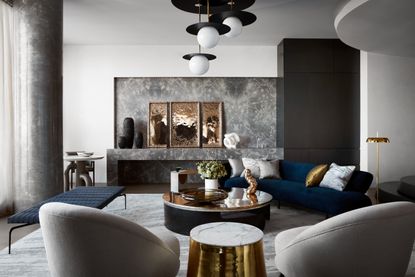

If you want to make overhead lighting less harsh, you need to take a look at not just the lighting scheme of your home but also the fixtures you use, the wattage, and more. A lot depends on these small yet significant factors when it comes to lighting your home right.
Lighting can make a room feel cozy, welcoming, and relaxing. A harsh scheme on the other hand will make you irritable, and uncomfortable inhabiting a space.
For this reason, it's important to understand the basics, whether it's for your bedroom, kitchen, or living room lighting. Take a look at what our experts had to say.

Aditi is a homes writer and editor with several years of experience. Her articles, backed by expert insights, offer suggestions aimed at helping readers make the best home design choices. For this article, she spoke to top experts to gather ideas on how to make the overhead lighting less harsh.
7 ways to make overhead lighting less harsh
1. Choose warm light

Homeowners usually debate over cool light vs warm light. For the uninitiated, light has two components: the color temperature and the color display. The color temperature is measured in degrees Kelvin (K), and the temperature used indoors ranges from 2000K to about 6500K. The higher the Kelvins, the colder the light. The color temperatures of lights have varied effects on spaces, from creating a mood to providing practical task lighting.
‘Generally speaking, cool white or even daylight bulbs are only really good for tasks or workspace areas where there is no natural light,' says Niki Wright, co-founder of lights&lamps.
'Layering warmer light is a more natural way to brighten your living space and help transition the day into evening,' says Niki. 'The use of brighter ceiling fittings during the day is often a subtle enhancement to natural daylight. Dimming them down in the evening and complementing them with low-level lamps can transform a bright space by day into a cozy living room by night.’
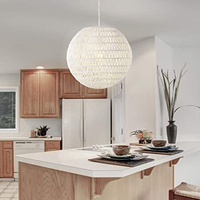
Woven Rattan Orb LED Pendant by Amazon
This ceiling light fixture can be used for general illumination in the bedroom, kitchen, living room, hallway, or bathroom. Contemporary in style, this is a fast and affordable way to update a room's style.
2. Do away with exposed bulbs
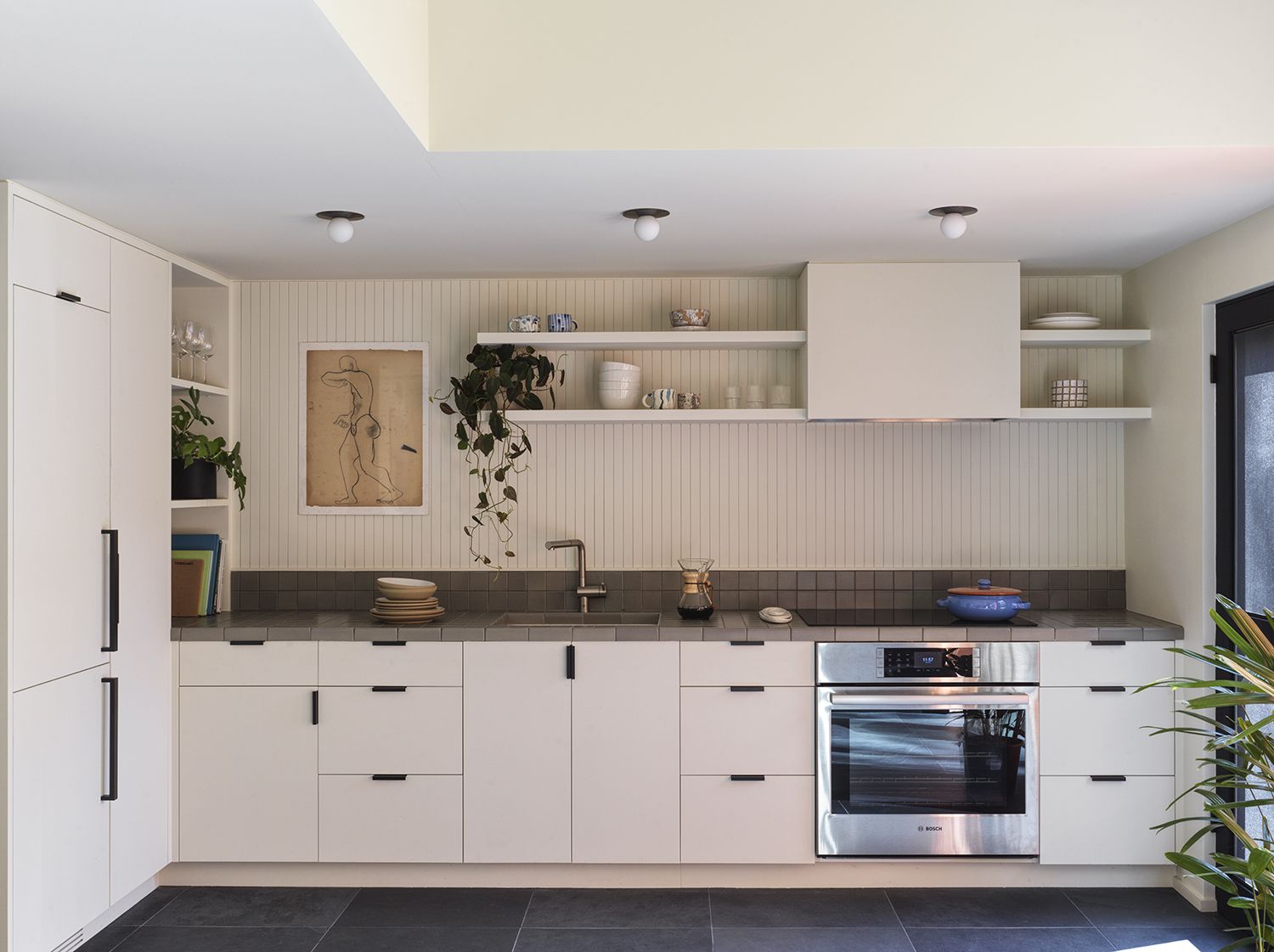
Exposed bulbs are often a polarizing topic when it comes to lighting but largely, these bulbs do have the tendency to be too harsh, especially when you choose a clear bulb you can see the filament through. These when used as wall sconces can throw sharp, or sometimes even focused illumination in a certain part of the room, casting unnecessary shadows or glare. Always choose a frosted bulb over a clear one when bulbs are on view.
This can even extend to ambient lighting such as pendant lights, where an exposed bulb in a pendant can make good task lighting, but be too intense for a relaxing space. A shade that diffuses the light, whether that's fabric, a paper lantern, or even a shade that reflect the light up into the shade to spread a softer light across your room, will all help make the lighting less harsh.
3. Layer the scheme
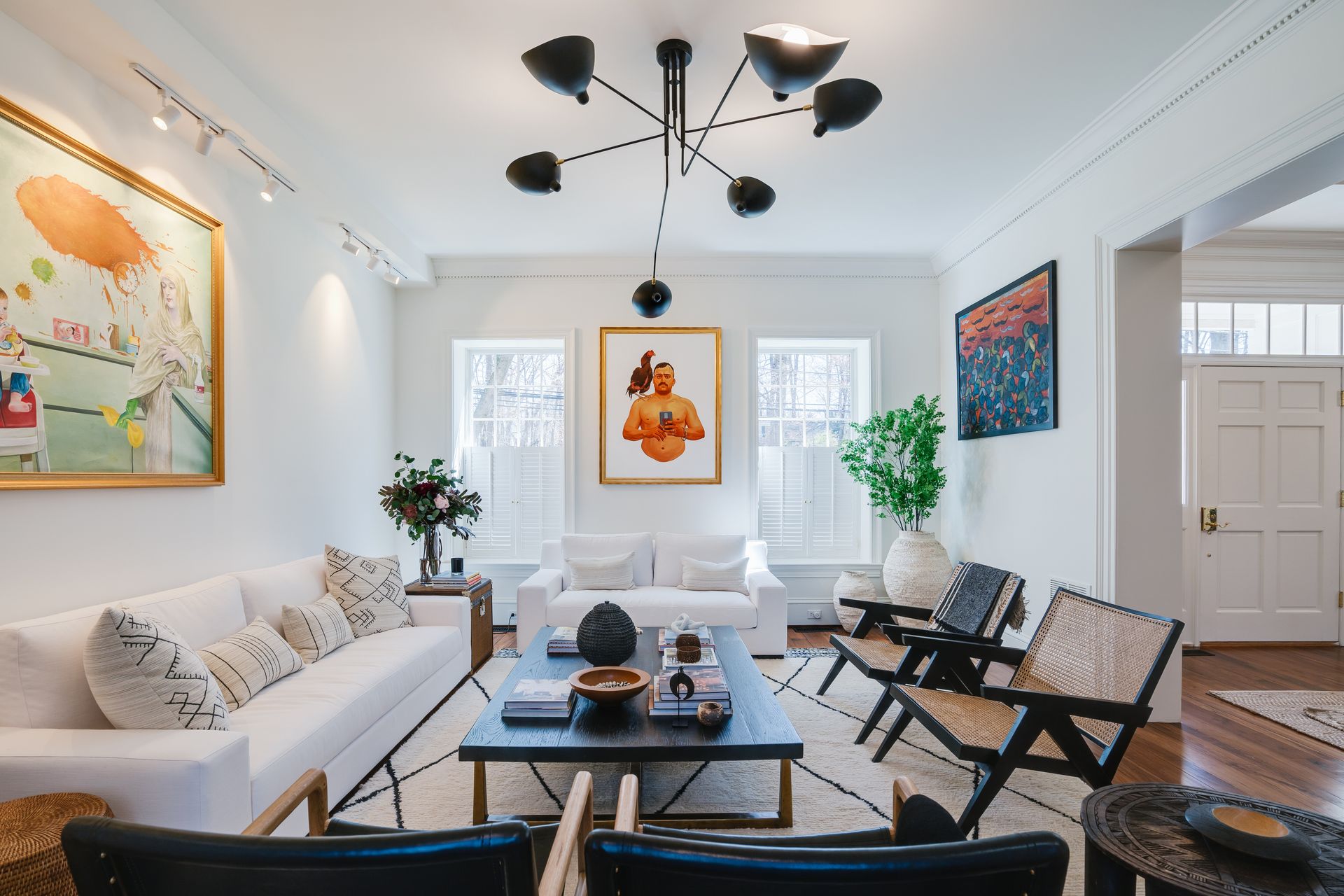
Several lighting pieces come together to create a well-balanced, considered lighting scheme, with fixtures ideal for task lighting, accent lighting, or general illumination. Layer the room's scheme with overhead lights such as a chandelier, a few recessed spots, and a table lamp or two. This will help the space come together.
‘Don’t rely on just a single overhead light; layer lighting levels from several sources, with a mix of table lamps on surfaces, floor lamps, and wall lights to cast a cozy glow,’ says Niki.
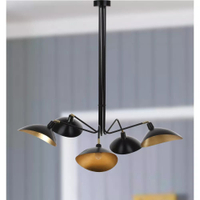
5 light pendant, Target
This gold and the black chandelier is made of iron, and works for any style of interior. The lamps can be upturned for more softer lighting.
4. Add recessed lighting to your scheme

Recessed lighting, when installed within the ceiling or walls, beam a soft, diffused lighting below without making a space or an element in the room look overly lit.
This type of lighting is often used for accent lighting rather than as the sole light source for a room. Since it is unobtrusive, it marries nicely with any style of the room. There's rarely a decor theme where recessed lights don't fit in well.
'To make overhead lighting less harsh and cozier, avoid a boring grid of lights and position the recessed spots where your furniture is grouped or light your walls,' says Piero De Marchis, director at Detail Lighting. 'Where possible, use extra warm 2700K lighting and more narrow beams for a warm and inviting feel.'
5. Opt for the right lumens
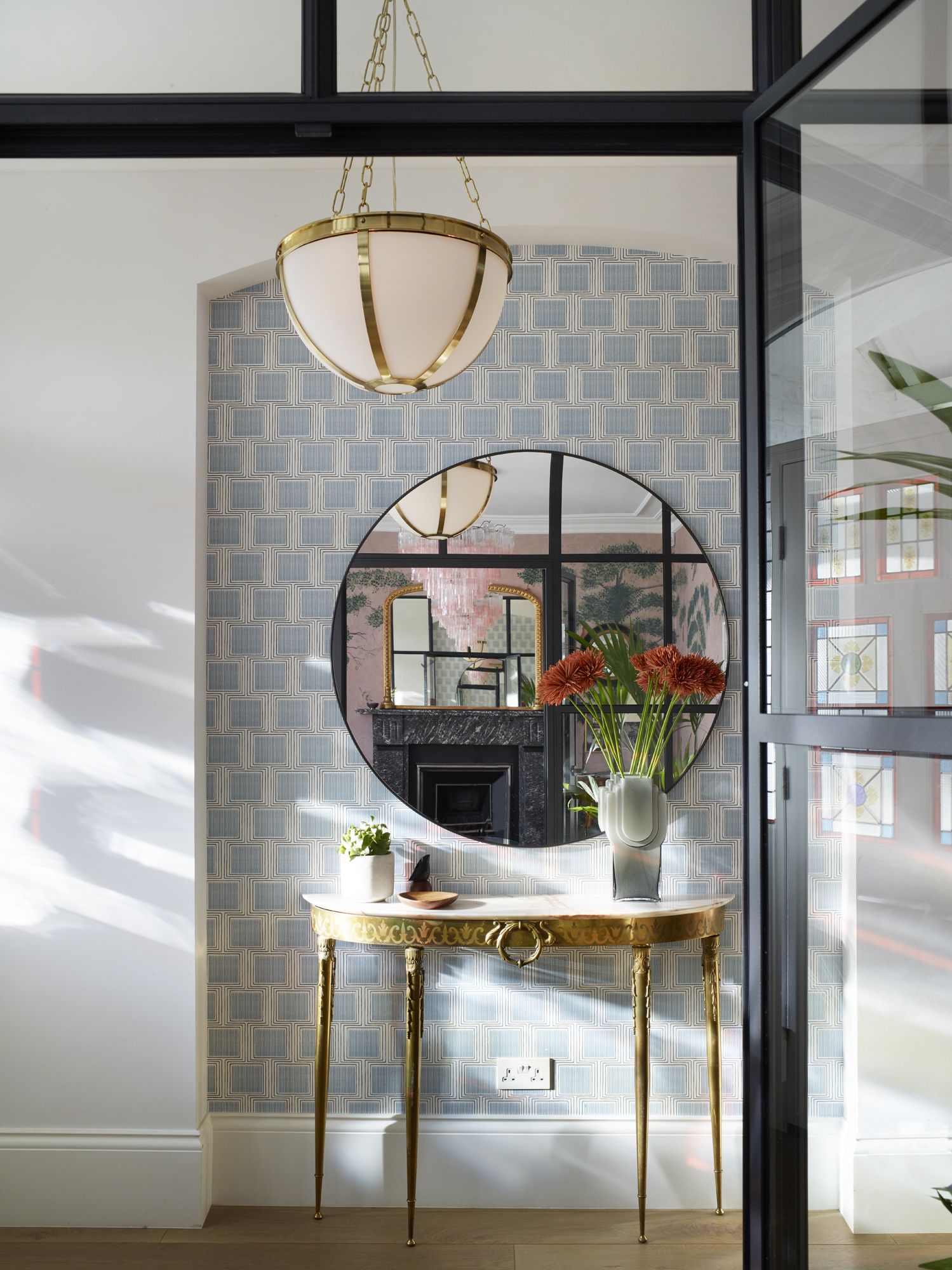
While deciding on how many lights you need in a living room or kitchen may be a good place to start with your lighting plan, do keep in mind the light output of each of the fixtures too. This is measured in lumens. So, when you go shopping for bulbs, think about the brightness you want by comparing lumens instead of watts.
A lumen, in short, is a measure of the amount of brightness of a lightbulb. This means, the higher the number of lumens, the brighter the lightbulb.
'Choose the right bulb brightness,' says David Amos, CEO at Amos Lighting + Home. 'To make the space feel tranquil and relaxing, it’s recommended that the lumen rating should be between 800 and 2,000. This brightness level is just the right amount of light needed for unwinding.'
6. Don't forget the dimmer
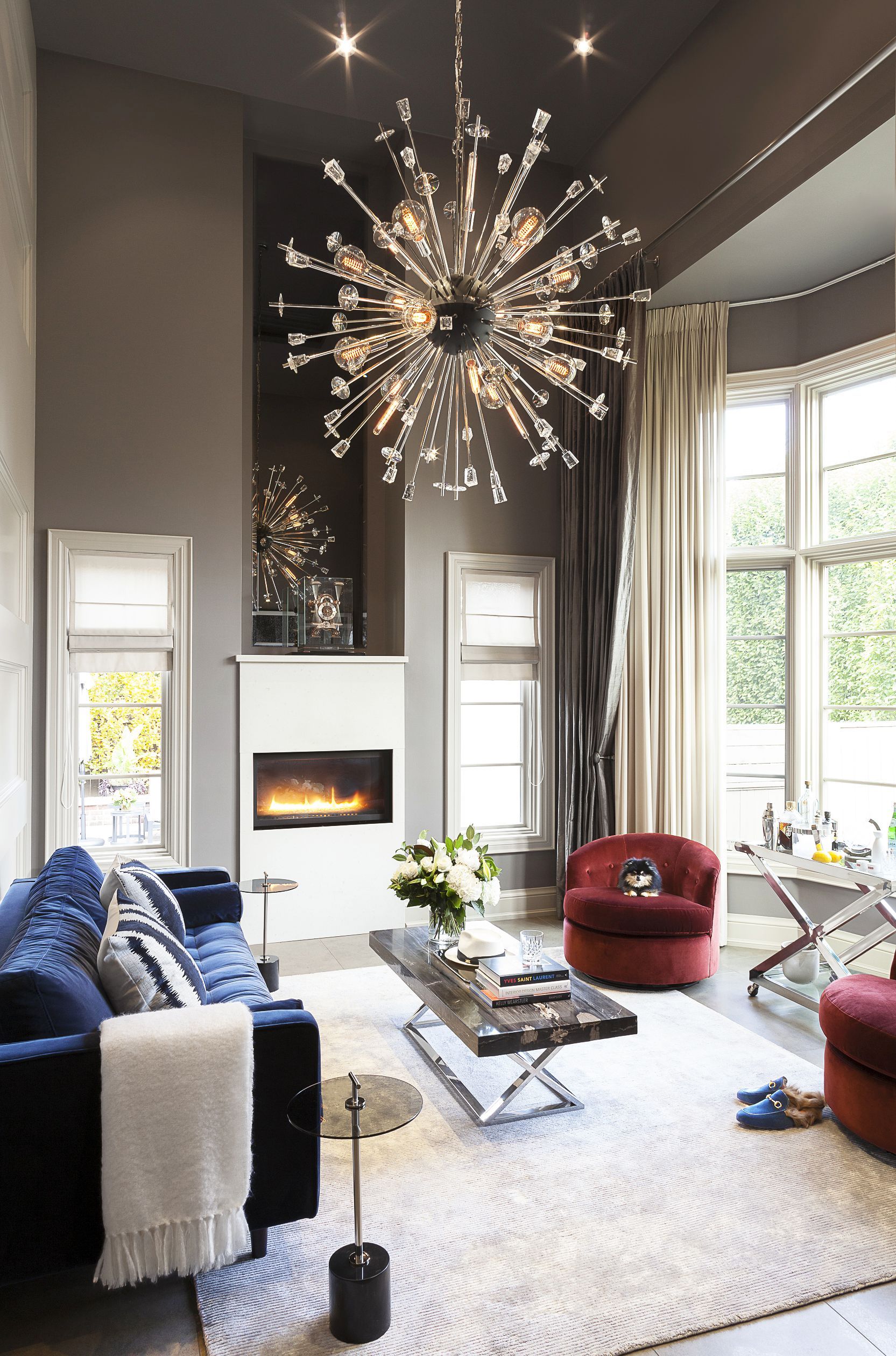
Diffused lighting is another great way to play with the living room, kitchen, or bedroom lighting ideas. Once diffused, you will notice how the illumination is softer, warmer, and more flattering. If you have ones that lack a dimmer, you can purchase a plug-in dimmer that will let you control the brightness.
'Incorporate pendant lights that are easily dimmable,' says David from Amos Lighting. 'This is so that you can reduce the brightness down when you have finished a task.'
7. Bring in texture

To make the bedroom, kitchen, bathroom, or living room lighting feel cozy, consider reducing the intensity of light by hiding it within a lampshade or a covering. Think rattan lamps, paper lamps, or more. These textures help filter the outgoing light, thereby making it feel more moody.
‘Texture plays an essential role in softening the glare of a lightbulb,' says Suzanne Duin, founder of Maison Maison. 'The great thing about a natural shade is that it gives off a cozy diffused glow, particularly due to the naturally occurring gaps in the weave. Whether switched on or off, the playful scalloped detailing of woven lampshades allows your lamp to act as a design statement in its own right.’
Be The First To Know
The Livingetc newsletter is your shortcut to the now and the next in home design. Subscribe today to receive a stunning free 200-page book of the best homes from around the world.
Aditi Sharma Maheshwari is an architecture and design journalist with over 10 years of experience. She's worked at some of the leading media houses in India such as Elle Decor, Houzz and Architectural Digest (Condé Nast). Till recently, she was a freelance writer for publications such as Architectural Digest US, House Beautiful, Stir World, Beautiful Homes India among others. In her spare time, she volunteers at animal shelters and other rescue organizations.
-
 The 12 Best Table Lamps for Reading —I'm a Certified Bookworm (and Shopping Expert)
The 12 Best Table Lamps for Reading —I'm a Certified Bookworm (and Shopping Expert)When it comes to table lamps for reading, I don't mess around. If you're the same, this edit is for YOU (and your books, or course — and good recommendations?)
By Brigid Kennedy Published
-
 "It's Scandi Meets Californian-Cool" — The New Anthro Collab With Katie Hodges Hits Just the Right Style Note
"It's Scandi Meets Californian-Cool" — The New Anthro Collab With Katie Hodges Hits Just the Right Style NoteThe LA-based interior designer merges coastal cool with Scandinavian simplicity for a delightfully lived-in collection of elevated home furnishings
By Julia Demer Published

